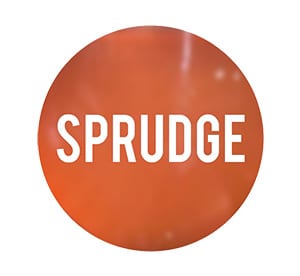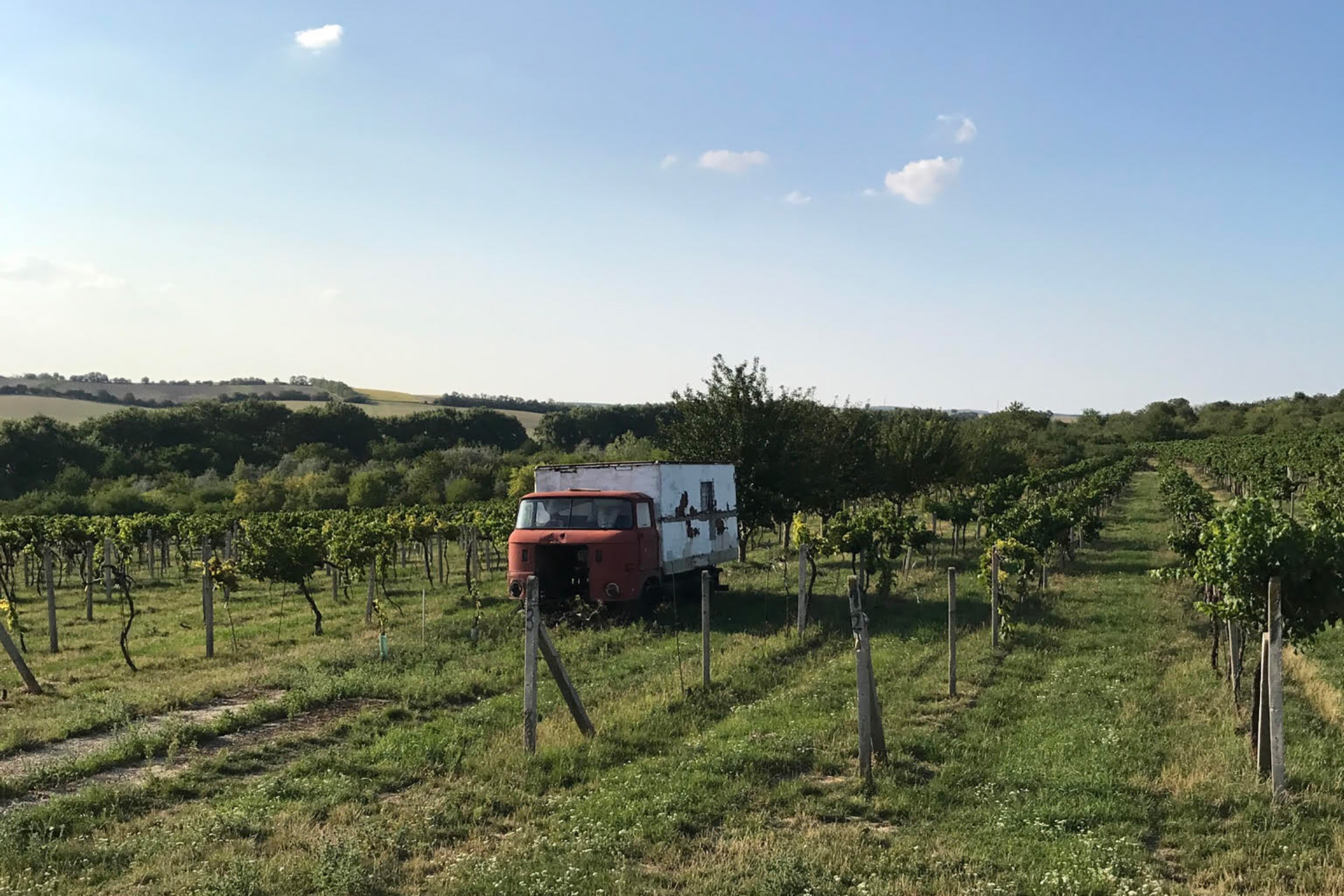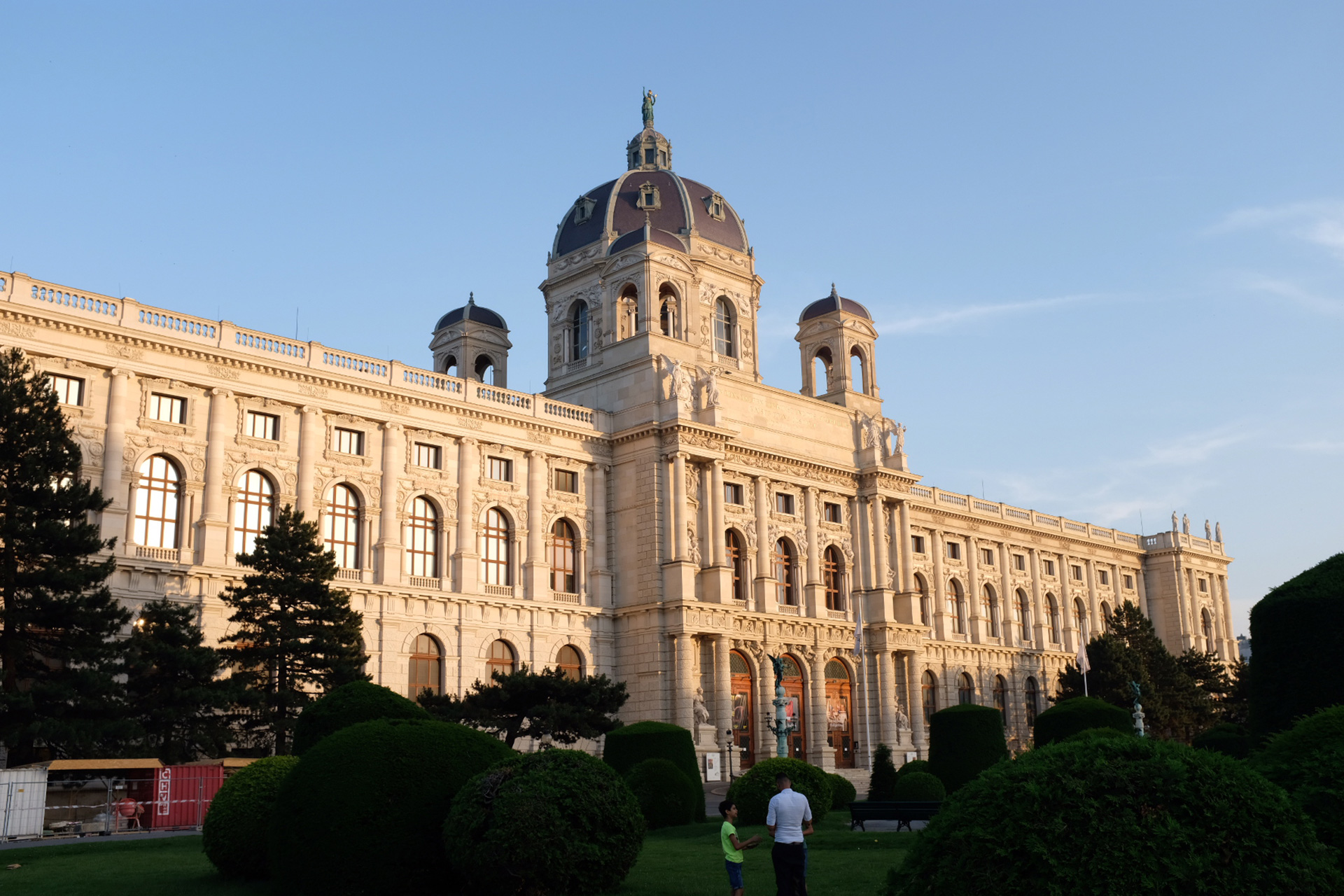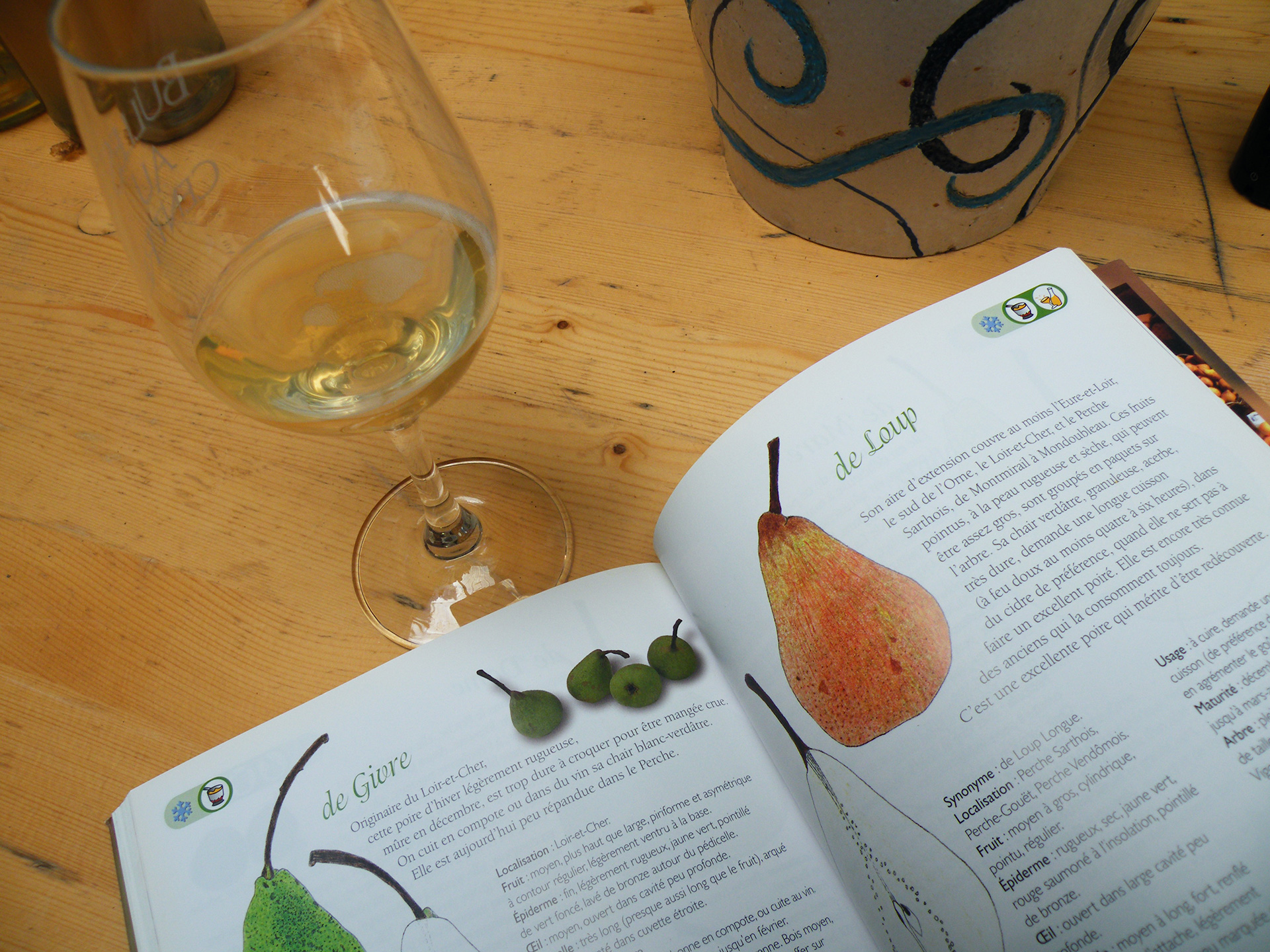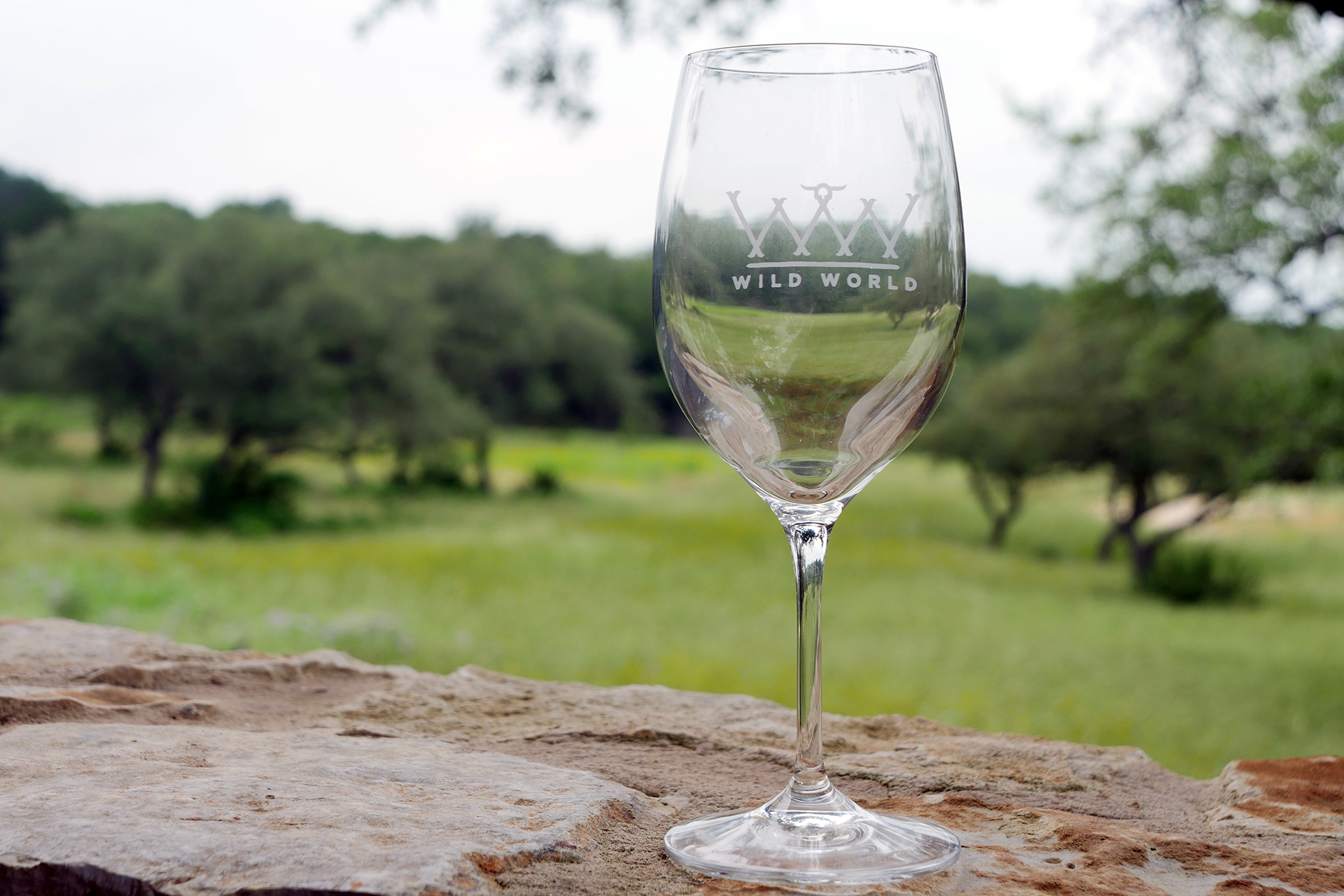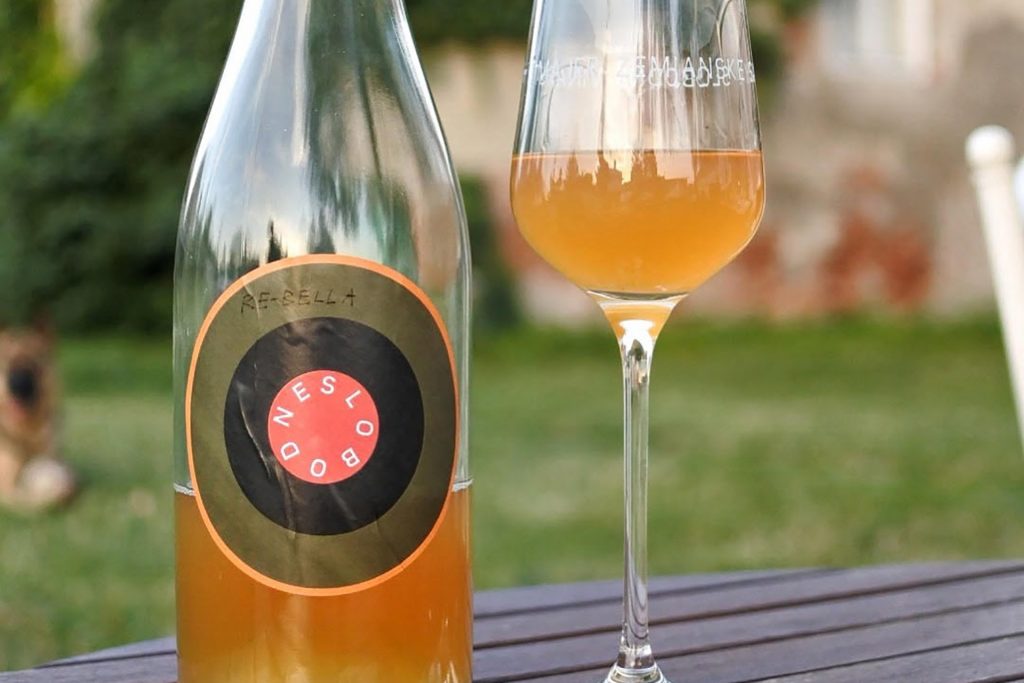
Despite (or perhaps because of) the abandoned lifeguard stand and broken-down truck in the middle of the Slobodné Vinárstvo vineyards of Western Slovakia, the area strikes me as incredibly beautiful. It could be the post-communist ruin porn, but it probably has to do with the graceful sloping of the vines, trellised in a style called “cordon libero,” with the plump grape clusters high up where a cool breeze protects them from mildew and odium. They hang like leafy, friendly monsters in a children’s book, almost ready to reach a branch out to hand you a cluster of not-yet-ripened grapes.
Whatever it is, this place feels as if there’s something happening here—something exciting but also calming. Not the trumpet of Western “progress,” but rather a family building its future from what was nearly lost.
It was thanks to an old box of paperwork, stashed away under a staircase, that Agnes Lovecka, along with her sister, Katarina Kuropkova, and her husband, Miso Kuropka, were able to reclaim their family’s land so that Slobodné Vinárstvo could ride the ever-cresting wave of natural wine in Central Europe. The sisters’ grandparents had farmed this land since the early 20th century, growing grapes as well as tobacco, until it was put under state control during communist rule with the formation of Yugoslavia.
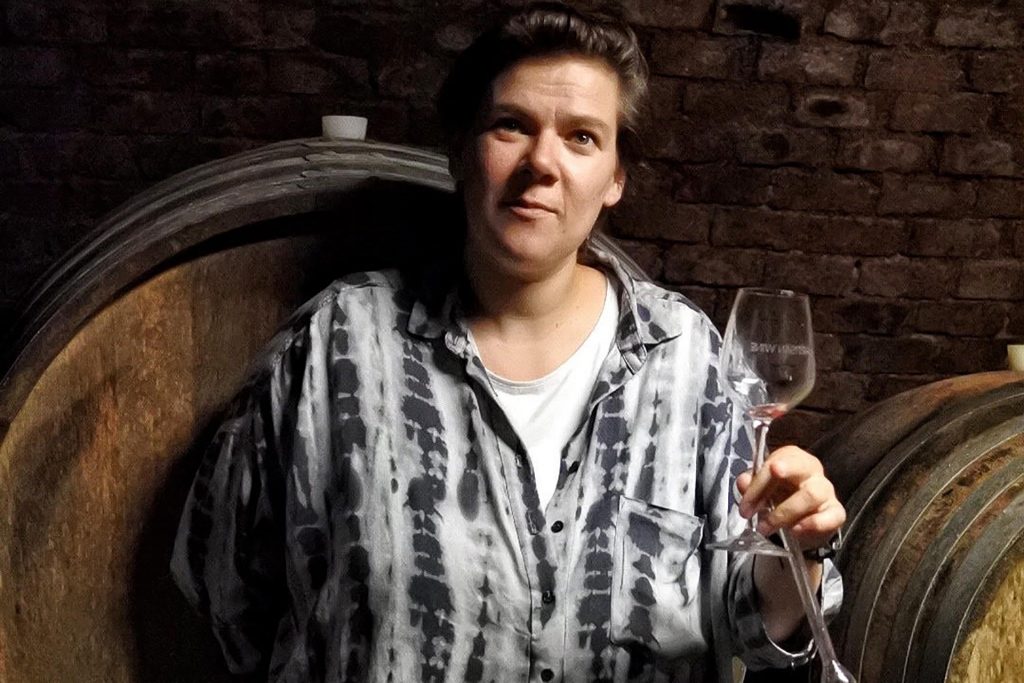
“Growing up, we never even spoke about the property,” says Lovecka. “It was like forbidden history.” Now she is finally able to tell the story: During the Second World War, her grandparents Eduard and Peter Herzog grew up here. In 1944, they participated in the Slovak uprising against the encroaching Nazis and collaborationist government of Josef Tiso, and Peter died in that protest. Eduard, unwilling to live a farmer’s life, left for Prague, where he studied music, devoting himself to the theory of intervals. It was there that Eduard gave his daughter, Agnes and Katarina’s mother, a large box full of papers containing the certificate of ownership, which she hid behind a wall under a staircase, then basically forgot about for many years.
The sisters were born and raised in Bratislava—roughly an hour’s drive from these vineyards. “In 1989, my mother went back to Prague and dug out the box,” Lovecka recalls. But she and Kuropkova didn’t feel interested in taking up grueling farm work; they had nice careers in the city, and enjoyed the lifestyle—and knew nothing about farming.
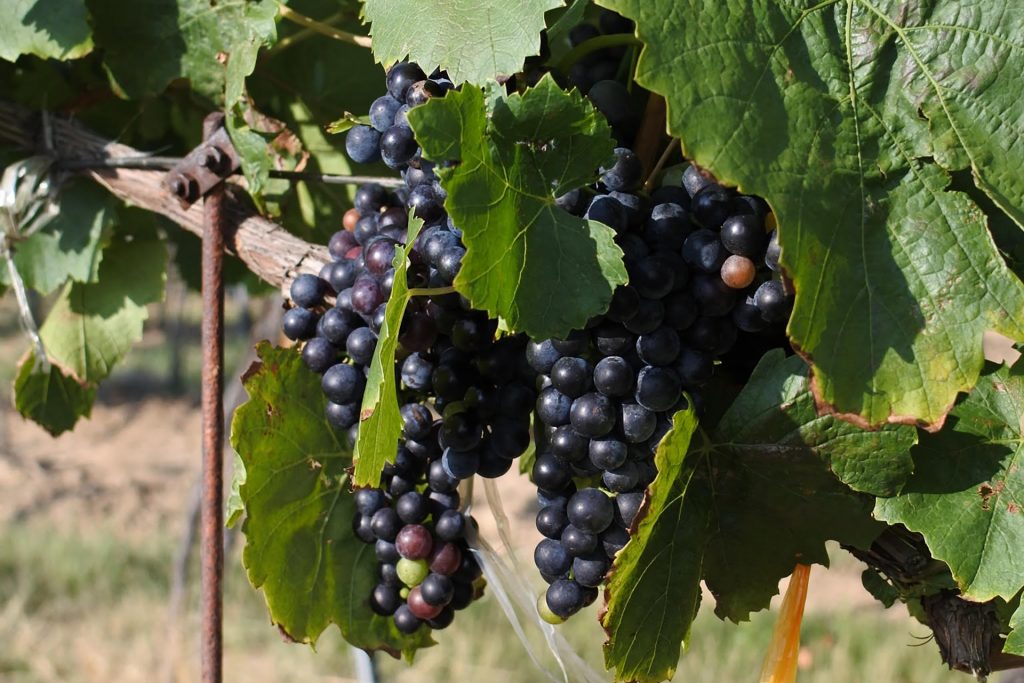
Then came that very contemporary feeling of ennui, dissatisfaction, and the sense that life in the city wouldn’t be fulfilling in the long term. Along with all that, there was the pull of the land, its connection to their family heritage, drawing Lovecka and Kuropkova toward it—until they finally quit their jobs. “We decided it would be more of an adventure to come out here and start something rather than living this nice life in Bratislava,” says Lovecka. She took some courses in winemaking, and they were on their way.
The first vintage of Slobodné Vinárstvo—which means “free winery” in Slovak—arrived in 2010. This region is known as the “Blaufrankisch slope” due to the grape’s ubiquity. Additionally, the Slobodné vineyards have Red Traminer; a grape called Alibernet that is a cross between Alicante Bouschet and Cabernet Sauvignon; a grape called Devín that is a cross between Grüner Veltliner and Roter Traminer; and others including Saint Laurent, Grüner Veltliner, Pinot Gris, Sauvignon, and some local grapes. The varieties are more or less separate, though every few rows there’s a renegade, surprise vine that stands out as something different and mysterious.
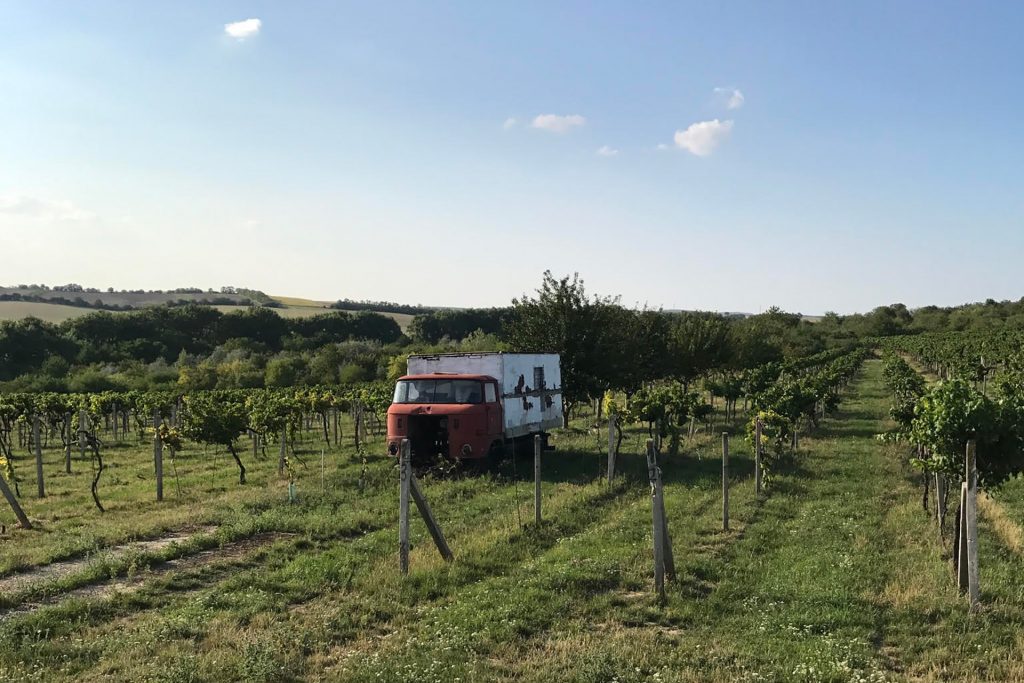
As we walk through the vines, their 6-month-old baby Viliem in the arms of her partner, Andrea Jesenakova, Lovecka stoops to pick some wild-growing yarrow, which they use in tinctures to give nutrients to the soil. “Organic is a long process, we have to teach ourselves to work the soil,” she says. “For me, the ultimate aim is to be independent with preparations.” Every other row is plowed, just to allow air into the soil. “It’s a dry year,” she says—the driest since 2000—running her hands along parched, yellowing leaves. (A month or so later, she felt extremely happy with the harvest, telling me over the phone that it was “a perfect vintage—the grapes are beautiful. It’s like a gift.”)
Slobodné is positioned within an exciting, flourishing natural wine scene in Central Europe that includes figures such as Milan Nestarec in Moravia, Czech Republic; Claus Preisinger, Christian Tschida, Gut Oggau, Meinklang, and others in Bergenland, Austria; and Strekov1075 within Slovakia, to name just a few. Zsolt Sütó of Strekov1075 was an early influence at Slobodné, and he helped the sisters get started on their path to low-intervention winemaking. “Spontaneous fermentation was the first step—and avoiding all the oenological enzymes,” recalls Lovecka. The conversion to organic farming was fully in effect by 2016. Slobodné now belongs to a biodynamic group based in Austria, called Valtfiertel, where the producers offer support to each other in terms of making preparations and other techniques.
Back at the “majer,” as the winery is called—“majer” being a general word for a farmstead—we climb down a ladder into the barrel cellar, and Lovecka washes out a siphon so we can taste.
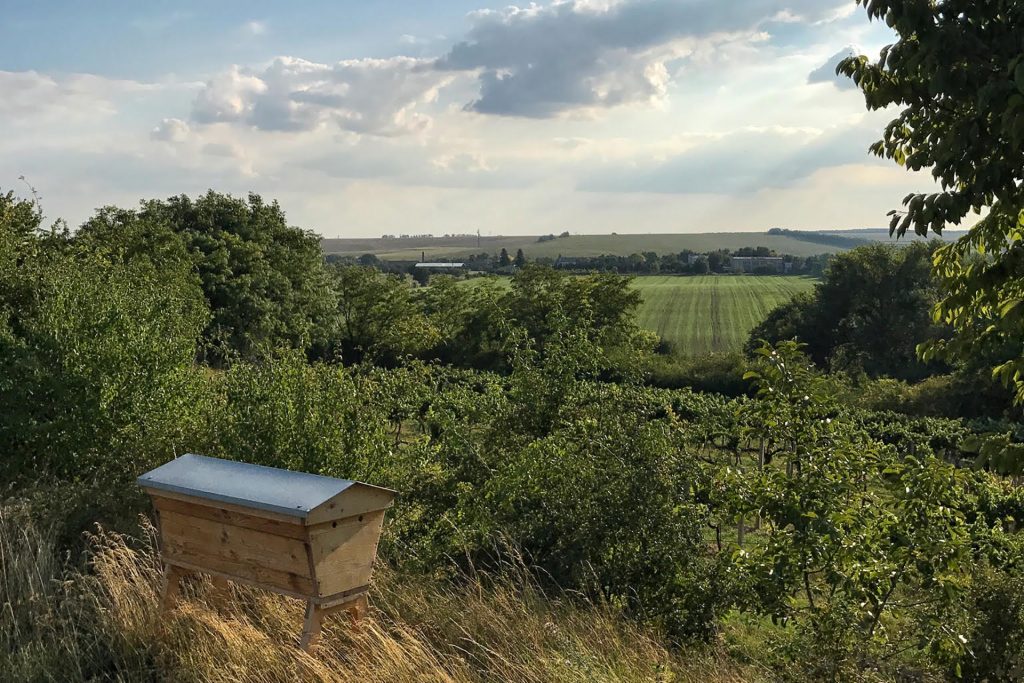
As we taste, Lovecka explains that skin contact on white wine is a crucial part of winemaking at Slobodné. Skins, Lovecka says, are “precious” parts of the grapes and it hurts her to see them thrown away. And they play a crucial role, she says, in low-intervention winemaking: “When you don’t use the enological preparations,” it helps to use the entire grape, “since the skins are healthy and full of value.” She also finds that pressing grapes after they have macerated for some time is much more successful, as opposed to direct pressing.
We taste a few iterations of Grüner Veltliner: one that was semi-carbonically fermented, and has a beautiful silky texture, with notes of green apple and unripe melon, and fresh acidity. Then we taste another Grüner that has seen several weeks on the skins, and is destined for their pét-nat, “Re-Bella,” a new wine for Slobodné; it is saline, with notes of white pepper and tingly tannins. Some of the wines are in Hungarian oak, while others are in Czech acacia, adding local flavor.
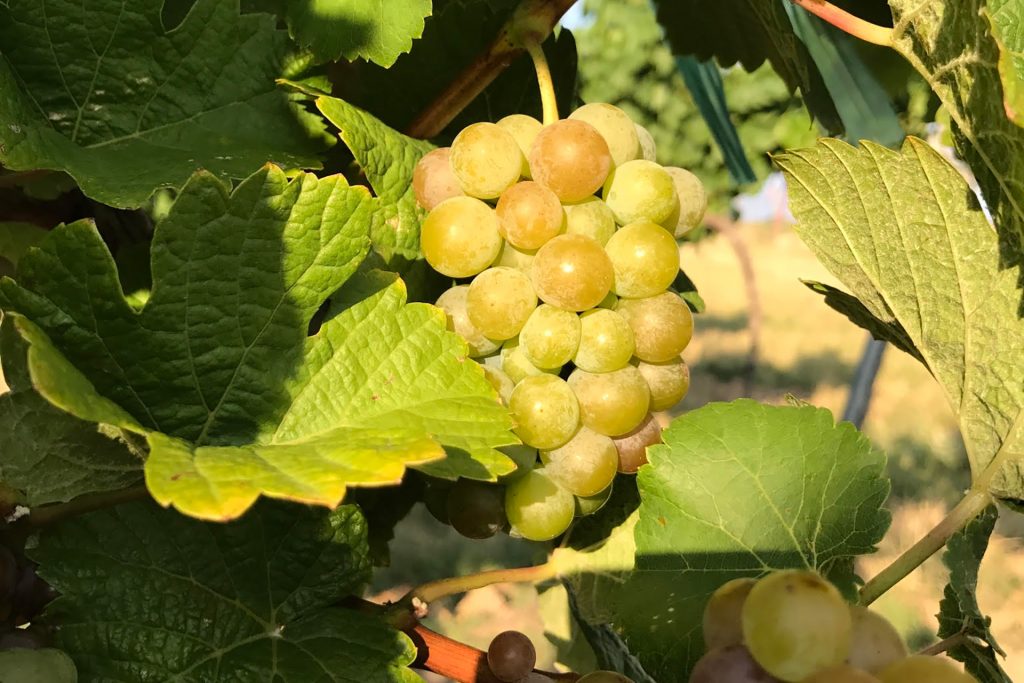
We taste the “Interval” wine, 100-percent Riesling, made as an homage to Lovecka’s grandfather Eduard; it is a laser beam of acidity with stone fruits and the grape’s signature petrol character. Slobodné also makes a wine called Partisan Cru, a tribute to Eduard’s brother, Peter, who died in the Slovak uprising.
After a Traminer and a few Blaufrankisch wines that would nearly convince you to add it to the list of “noble grape” varieties, Lovecka beckons us outside again. We climb up the ladder, go around the corner past some tractor equipment, and find an odd-looking triangle-shaped structure with a door.
Lovecka opens the pyramid and invites us to look into her amphorae cellar. Two of the stunning Blaufrankisch wines we’ve just tasted came from these clay vessels, imported from Georgia; they are now in barrel to settle before bottling. Amphorae winemaking was Lovecka’s dream ever since she first heard about it, as she considers it the original form of winemaking.
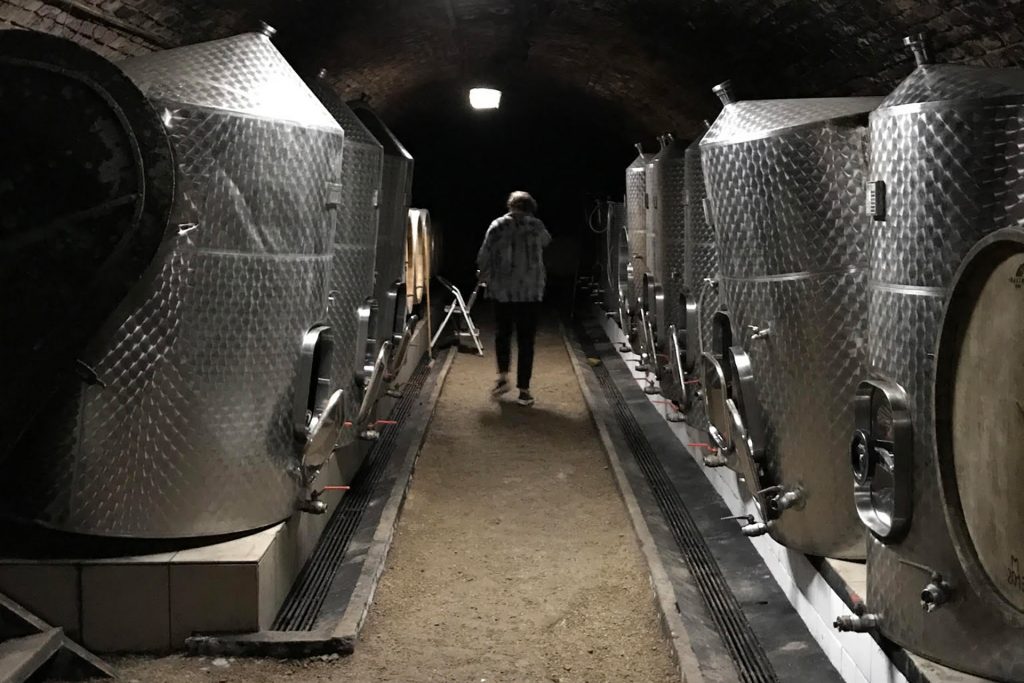
The visit to Slobodné lingered in my mind for weeks. It wasn’t just the wines, which are certainly delicious; it was the place and the story. Scratching my head as I looked through my notes one day, I googled “interval theory.” Wikipedia told me that an interval, in sum, is “the difference between two pitches,” and “may be described as horizontal, linear, or melodic if it refers to successively sounding tones, such as two adjacent pitches in a melody, and vertical or harmonic if it pertains to simultaneously sounding tones, such as in a chord.”
I’m afraid that I’m not quite the musical genius that Eduard Herzog must have been (Obviously, since I had to google “interval theory”). But I wonder if there’s some significance in thinking about Slobodné as a harmonizing interval, bridging between the old days of farming in Slovakia, prior to the communist era, with this moment now, when farming naturally has become a meaningful antidote to city life, a different kind of political statement. It is definitely a frequency that’s vibrating around the world.
Photos courtesy of @thewinestache.
